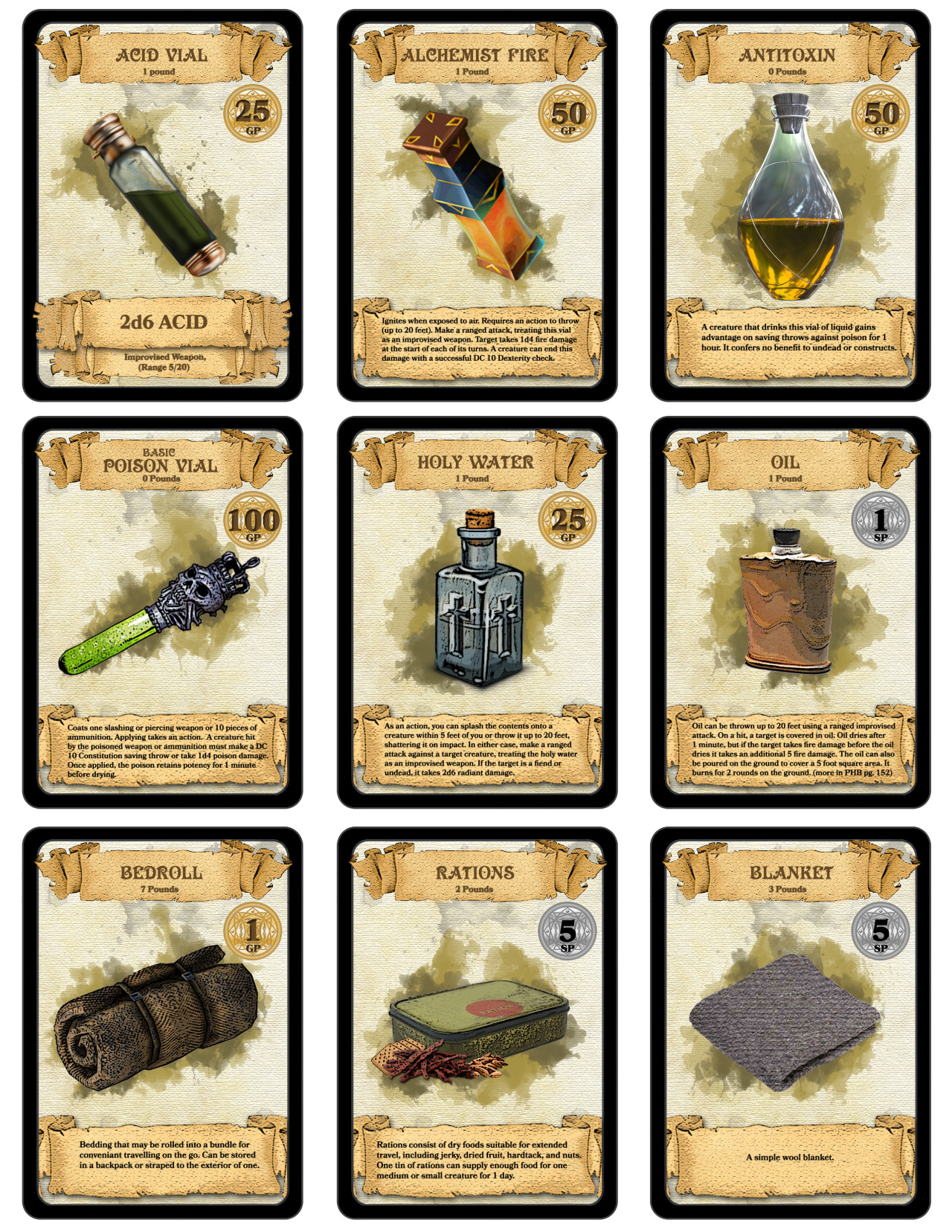

Like the Spellcaster, they have two flavors: Attacker and Defender. The warrior is a generic sword-and-board martial character, focused almost exclusively on combat. Each version learns a fixed set of spells as it gains levels, adding options specifically chosen to support Player Characters in the party rather than shining on their own. The two versions roughly match the cleric and the wizard, but with dramatically reduced and simplified capabilities. The Spellcaster is two sidekicks in one: an arcane spellcaster (Mage) and a divine (Healer) spellcaster. In combat, the Expert relies on finesse weapons and light armor, and while they’re competent in combat they can’t match the capabilities of the Warrior.

This allows the expert to provide important skill and tool proficiencies without requiring a player to focus on enabling Sneak Attacks, which can require coordinating positions with allies, ambush tactics, or other complications. The Expert most closely resembles the Rogue, but lacks the Rogue’s powerful combat features like Sneak Attack, instead focusing on skills. The official rules present three types of sifekicks: the Expert, the Spellcaster, and the Warrior. This table also includes fun options like skeleton and zombie. While these traits still increase the capabilities of the Sidekick, they’re less complex than those listed for players. This page presents a table of simplified racial traits which can be applied to NPC stat blocks to make them more closely resemble the race you’re seeking to use. The second method is to use the rules on page 282 of the Dungeon Master’s Guide. While this makes sense from a player perspective, it can be a significant increase in a creature’s capabilities which the game rules aren’t balanced for. The first method is recommended by the official rules: With the Dungeon Master’s permission, the sidekick simply gains racial traits as appropriate. You can apply racial traits using two methods: The published sidekick traits omit racial traits of any kind, so there is no mechanical difference between two sidekicks of the same type even if they are of different races. If your answer to any of those questions was “yes”, sidekicks may be a good addition to your game.

If you’re running a game with a small party, you can use a sidekick to make up for missing capabilities and to help the party survive encounters balanced for more players. Sidekicks are intended to fill in for players in your game. –RPGBOT May 29th, 2020 Sidekicks in Your Game NOTE: This article has not yet been updated to account for the expanded sidekick rules included in Tasha’s Cauldron of Everything. For text of the Sidekick rules, purchase a copy of the Essentials Kit from your friendly local game store. Because Sidekicks are not included in the SRD, I can’t replicate any significant portion of the Sidekick rules. This article is intended to be supplemental to the published rules for Sidekicks. The final rules also notably only go up to 6th level, which means that you’ll be unable to use them beyond that point unless we see an expansion of these rules. The released version is dramatically simplified, amounting to just two pages of text, including three stat blocks. These rules previously appeared in an Unearthed Arcana article, but the rules saw a total rewrite between the Unearthed Arcana article and the final rules. The Dungeons and Dragons Essentials kit, released on June 24, 2019, introduced new rules Sidekicks.


 0 kommentar(er)
0 kommentar(er)
